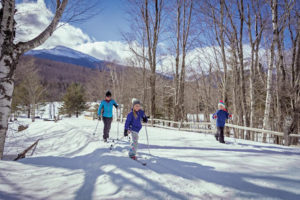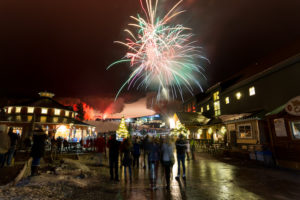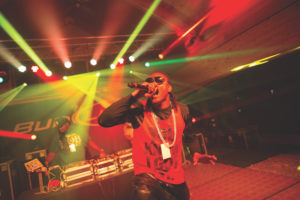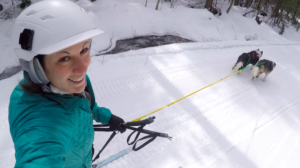
Man does not live by downhill alone. Well, that’s not entirely true — I have friends who worship at the altar of the alpine gods. But by doing so, they ignore the very origins of the sport. Nordic skiing — or cross-country, to many folks — was the first way men and women went gliding over the snow, the natural evolution from snowshoes.
Ski lifts — from rope tows to chairlifts to gondolas — changed all that. With the mechanical assist up the hill, skiers could become downhill junkies, content to let the natural law of gravity work it’s magic. But there’s also magic in gliding along open fields or through forest trails on a pair of skinny skis.
Marianne Borowski has been skiing the tracks of northern New Hampshire, including Bear Notch Ski Touring, Bretton Woods Nordic Center, Great Glen Trails and Jackson Ski Touring Foundation, since 2003. She taught at Jackson for six years, and was the ski school director for three.
New England Ski Journal: In general, what are the biggest advantages of nordic skiing, both traditional and skating?




